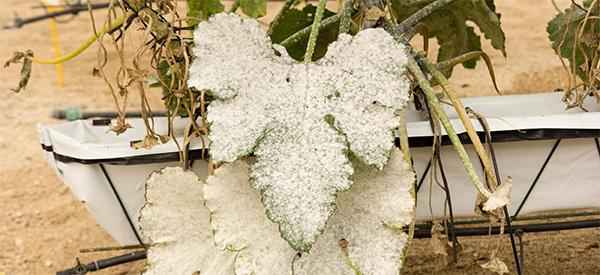
If You See These White Spots on Your Plants, Don’t Touch Them
An advantage of the fungal diseases is that they are often easy to spot as, unlike with bacteria or viruses, you can see the fungal growth on the plant. Some of these fungi form white spots. But what are they and what can, and should, you do about them?
What are The White Spots?
If the affected leaves initially have small circular, white, powdery-looking spots there’s a good chance that the plant has Powdery Mildew.
These white spots usually appear on the upper surface of the leaf but may also be visible underneath leaves. It may also appear on stalks, stems, and buds – especially of new growth – or fruit / vegetable. If left, the problem will spread rapidly to the rest of the plant and even surrounding plants too.
As the disease progresses the leaves will dry out and become yellow. In severe cases the affected parts of the plant may become twisted and disfigured. While the plant may not die, it will be greatly weakened and the quality of the leaves, fruit, or vegetables will suffer.
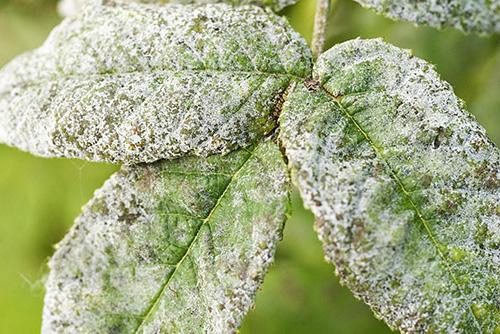
What is Powdery Mildew?
Powdery mildew is a fungal disease that is especially problematic in warmer and dry conditions, although it will also arise in humidity, and lies dormant in the soil during winter.
Once the plant has been badly covered by powdery mildew, its ability to photosynthesize is affected. This leads to yellowing of the leaves and they may also drop off. The whole plant becomes stressed and weakened and either the blooms or fruit / vegetables will be small and few or will not appear at all.
This fungus is also easily spread as the spores are carried by insects, the wind, and run-off water from rain or watering. Unlike many fungi, powdery mildew doesn’t need water to germinate. While this problem can attack any plants, both indoors and outdoors, some are more susceptible than others. This mildew is found on flowering plants, shrubs, fruit and nut trees, and vegetables.
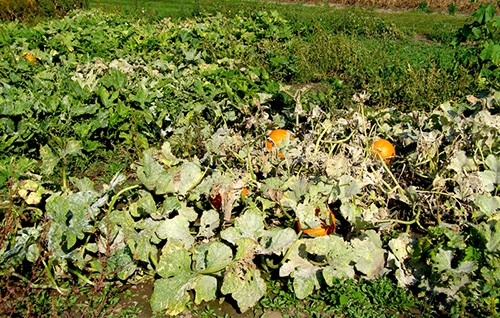
What are The Causes?
This fungal disease is caused by a range of fungi that belong to the order Erysiphales. A different member of this order causes powdery mildew on different species of plant. In fact, some plants may have more than one type of fungi all of which cause powdery mildew.
It may also be brought on by environmental conditions. For example, if the roots are very dry but the air around the leaves and upper plant is moist or damp. This means that plants in hothouses or other warm indoor settings are at risk.
How do you Treat This Fungal Disease?
There are a range of options available to you to get rid of this fungus. The only thing you can’t do is leave it and hope it will go away on its own.
1. Move the infected plant away from others:
This is possible with potted plants but obviously not in a garden. Given how contagious this mold is, infected plants must not touch others where at all possible.
2. Remove all the affected parts of the plant:
Carefully cut away any plant parts that have been infected. Do so carefully so you don’t dislodge spores onto the rest of the plant or nearby ones.
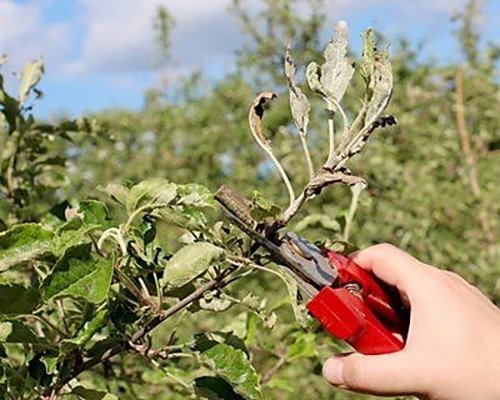 Don’t place the infected cuttings into compost as the fungus will lie dormant and re-infect your plants the following season. Remember to disinfect your cutting tool afterwards too using bleach.
Don’t place the infected cuttings into compost as the fungus will lie dormant and re-infect your plants the following season. Remember to disinfect your cutting tool afterwards too using bleach.
Plants that have bad and extensive infection will have to be removed altogether as they are unlikely to recover and may cause cross infection.
3. Spray the sick plant:
You’ll need to spray the affected plant with an effective fungicide to get rid of the mildew. You can opt for a chemical product or for a more natural, organic solution. In either case you’ll need a spray bottle of some sort. If you are using chemical preparations gloves and even a face mask may be necessary. I recommend more natural remedies for the sake of the health of your garden, insects such as bees, and you! However, home / natural remedies are only effective at the early stages of the infection; they may not work if the infection is severe or advanced. So, what can you use?
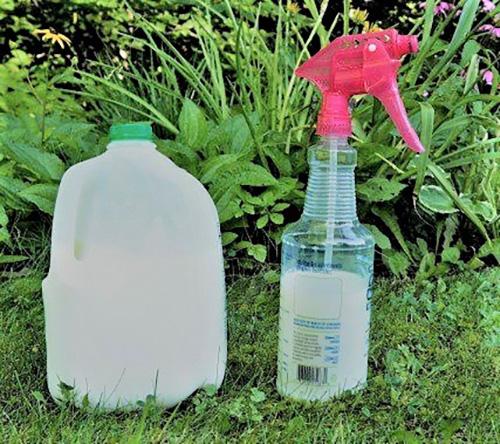
4. Baking Soda:
You can’t use baking soda on its own; it must be mixed with water and liquid soap to be effective. The reason this solution works is because it has a high pH and creates a very alkaline environment which kills this fungus.The recipe is simple: 1 tablespoon of baking soda, ½ teaspoon of liquid soap, and 1 gallon or 4.5 liters of water. Mix the ingredients, place it into a spray bottle and coat the affected leaves with the solution.Don’t use this solution during daylight hours as the sprayed leaves will burn. Secondly, this treatment only works on mild cases of infection and as a preventative solution.
5. Potassium Bicarbonate:
This option kills the powdery mildew spores on contact and works very well to prevent this fungus forming. Like baking soda, potassium bicarbonate raises pH to create high alkalinity which prevents fungal growth. Mix 3 tablespoons of potassium bicarbonate, 3 tablespoons of vegetable oil, ½ teaspoon liquid soap with 1 gallon or 4.5 liters of water. Use a spray bottle to wet all the affected plant areas with this solution.
6. Vinegar:
The acid in vinegar (acetic acid) kills powdery mildew. Mix 4 tablespoons of vinegar (any kind) with 1 gallon or 4.5 liters of water. If the mixture is too concentrated it will burn the leaves. This solution must be sprayed onto sick plants every 3 or 4 days.
7. Neem Oil:
Also known as horticultural oil, neem oil is a plant extract. It is very potent and will prevent spore production fast and kill powdery mildew in 24 hours. Given it affects various stages of mildew growth, neem oil is also a good preventative product. You can purchase this oil from online or garden retailers. The bottle will give directions, but usually you use 3 tablespoons to 1 gallon or 4.5 liters of water. You’ll need to repeat treatment weekly. In addition, don’t spray flowers or buds and don’t allow the leaves to be burnt by sun.
8. Garlic:
What makes garlic an effective anti-fungicide is that is it high in Sulphur. It’s best to purchase garlic oil than make your own solution which is time consuming.If you do want to do it yourself, crush 6 large gloves of garlic and add 1 oz / 28 ml to an organic oil (neem oil would be ideal) and 1 oz / 28 ml rubbing alcohol which can be obtained online or from a pharmacy or health shop. Leave the mix to steep for 48 hours and then strain it. The garlic you strained out must then be soaked in 1 cup of water for 24 hours, strained and disposed of. Add the oil and alcohol mixture and the garlic water to 1 gallon or 4.5 liters of water.Only spray this solution onto plant leaves.
9. Milk:
This sounds a little bizarre, but there is growing evidence that ordinary cow’s milk or whey can control and kill, even prevent, powdery mildew. It is still a little unclear why milk works but it appears that there are compounds in milk that act as a fungicide and antiseptic. Another theory is that the free radicals found in milk that has been exposed to sun are toxic to this fungus.The mixture should be one-part milk to two or three parts water and plants must be sprayed twice a week.
10. Mouthwash:
I use this product in part for its antibacterial properties. It has been found, however, to be effective at killing spores too. Simply dilute the mouthwash with water using a ratio of 1-part mouthwash to 3-parts water. Be careful when spraying this solution as it can damage new growth.
11. Copper Fungicides and Sulphur:
Use these with caution and follow the directions on the label with great care. You will probably need to wear gloves, a face mask and eye protection when mixing and using these, particularly the Sulphur.
If you use home-made or non-chemical solutions, its suggested that you use more than one and alternate them. This prevents the fungus becoming to resistant to the remedy in use.
How do You Prevent this Powdery Mildew?
There are fortunately several things you can do to greatly reduce the chance of this fungus becoming a big problem or even to prevent it from striking.
- Select more resistant or tolerant plant varieties where possible
- Leave space between plants to allow air to circulate so moisture can dry
- Water soil rather than leaves to reduce the relative humidity around the plant
- Ensure soil can drain properly as damp soil is a breeding ground for fungi and mold
- Dispose of infected plants or plant parts and don’t put them into compost
- Use compost to boost plants and soil rather than large amounts of fertilizer.
Be vigilant and keep watch for early signs of this garden pest. The earlier you see and treat it, the better.
Is Powdery Mildew Dangerous?
- Danger to the infected plant: It is rare for an infected plant to die. The mildew sucks nutrients out of the plant which weakens it. Leaves may become yellow and withered and flowers may be distorted. Fruit and vegetables will have less flavor and in severe cases the plant will produce fewer blooms and fruits.
- Danger to other plants: The spores can be spread to other plants by the wind, insects, and a gardener who doesn’t notice they have been in touch with it. On a more encouraging note, powdery mildew may not spread in your garden, especially if you deal with it early.
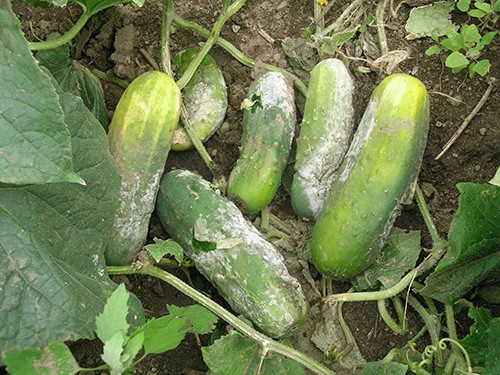
- Danger to people: Although white powdery mildew does not pose a direct threat to humans, it can be indirectly harmful.It won’t hurt you if you touch it, but if you are allergic to mold and you pick or consume a plant infected with mildew, you can have a serious reaction to it.
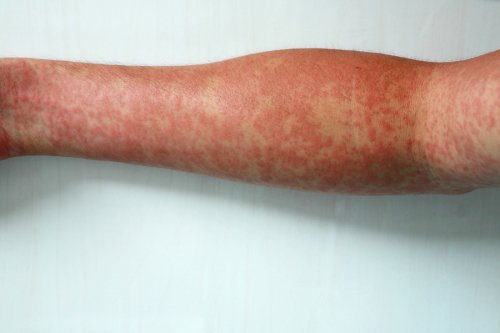
- You can wash this fungus off fruit and vegetables and then eat them without any health problems. Putting hydrogen peroxide in the rinsing water will kill the mildew. However, given the plant would have been weakened, the fruit of vegetable may not taste as good as it could.
Conclusion
On balance, this is not a plant disease that you want to ignore even if it poses no significant health risks to you and your family. It will adversely affect the health of your plants and what they produce. Even if you take all the preventative steps you can there is a chance that powdery mildew will make an appearance in your garden. Be vigilant, act immediately, take good care of your plants so they are generally strong and resilient, and use good hygiene practices when you garden and your chances of avoiding this all-too-common fungus will be greatly increased!
You may also like:
 The Secret to Keep Basil Alive Indoors and How to Use It as a Medicine
The Secret to Keep Basil Alive Indoors and How to Use It as a Medicine
The US Army’s Forgotten Food Miracle (Video)
If You See This Weed Growing In Your Yard, Don’t Pick It – Here’s Why
How To Safely Remove Poison Ivy And Hemlock From Your Backyard









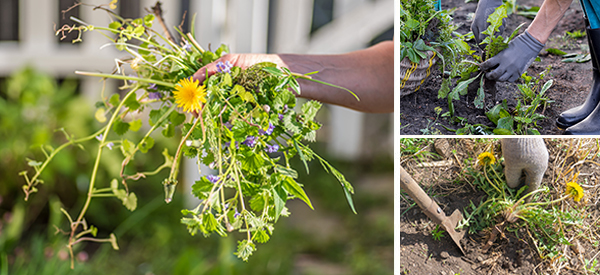
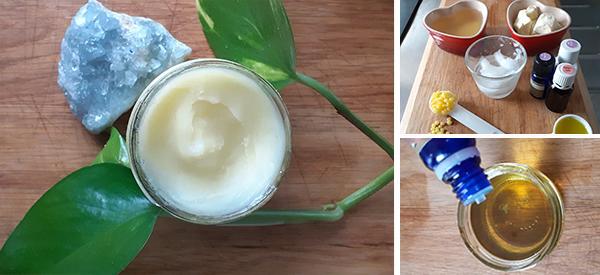
I enjoyed this even though at the present I’m not gardening. Here in Midland Texas the heat and bugs make it very difficult to garden outside and the heat during the summer makes inside just too hot.
Hi William,
Thank you so much for your comment. Have you tried gardening indoors? It would be a great activity!
God bless!
Thank you for this information and advice. I have seen powdery mildew before, now I know how to deal with it.
Hi Tammy,
Thank you so much for your comment.
We are glad that our article is useful to you!
God bless!
Will these home treatments also work for tomato blight that is caused by a fungus? I struggle with that every year.
Hi Stefanie,
Thank you so much for your comment.
Yes, these home treatments work for every herb.
God bless!
thanks for this article, nicole. very helpful to see all the possible solutions that avoid any “-icides”.
Hi Jane,
Thank you so much for your interest in our work.
We truly appreciate your feedback.
God bless!
hallo, heb dit jaar meeldauw gehad op courgettes, heb idd met melk gewerkt maar wist niet dat ik dit 2x per week diende te doen, deed het regelmatig maar de schimmel kwam toch terug. Bedankt voor de andere remedies, zal deze zeker uit proberen.
There is nothing I can plant due to the snow can I buy the book from you please